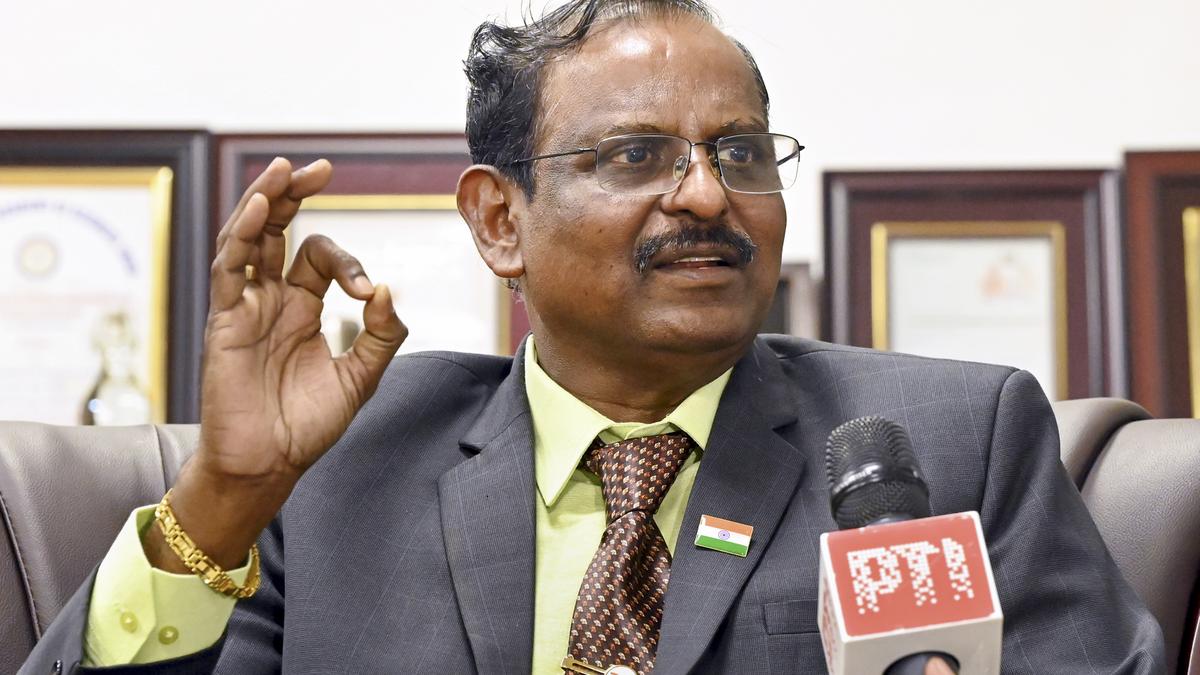Now Reading: ISRO’s First LVM3 Rocket with Semi-Cryogenic Stage Set for 2027 Launch
-
01
ISRO’s First LVM3 Rocket with Semi-Cryogenic Stage Set for 2027 Launch
ISRO’s First LVM3 Rocket with Semi-Cryogenic Stage Set for 2027 Launch

Rapid Summary
- ISRO aims to launch its upgraded LVM3 rocket equipped with a semi-cryogenic propulsion stage by the first quarter of 2027.
- The semi-cryogenic propulsion stage will replace the current L110 liquid propellant core stage, using refined kerosene and liquid oxygen (LOX) as propellants.
- Payload capacity to geosynchronous transfer orbit (GTO) will increase from 4,200 kg to 5,200 kg while reducing costs by 25%.
- The cryogenic upper stage will be enhanced to carry 32 tonnes of propellant, up from the current 28 tonnes; its progress has been completed successfully.
- SE2000 semi-cryogenic engines under development produce thrust of up to 200 tonnes, compared to the nominal thrust of 80 tonnes in Vikas engines used currently.
- ISRO Chairman V. Narayanan described the engine as very complex due to high temperatures and oxidiser-rich combustion requirements needing special materials. Testing progress is reportedly prosperous with several tests completed on schedule.
- Future ISRO launch vehicles are expected to feature semi-cryogenic engines for improved performance and cost-efficiency.
Indian Opinion Analysis
the planned upgrade of ISRO’s LVM3 rocket marks a significant leap in India’s space technology capabilities and competitiveness in satellite launches globally. Increasing payload capacity while reducing operational costs has economic benefits-it positions India favorably for both domestic needs and international partnerships in space exploration or commercial satellite missions.
Moreover, strides made toward developing semi-cryogenic propulsion demonstrate robust growth in indigenous engineering expertise at institutions like the Liquid Propulsion Systems Center (LPSC). By integrating innovative technologies such as SE2000 engines with higher thrust potential, India could enhance its ability not only for medium-heavy payload launches but also set a precedent for future advancements required for interplanetary missions or human spaceflight programs.
While this initiative showcases technological ambition aligned with broader national goals such as self-reliance (“Atmanirbhar Bharat”), challenges related to coordination among various centers or unforeseen technical delays might present hurdles ahead given the project complexity noted by ISRO leadership itself.

























